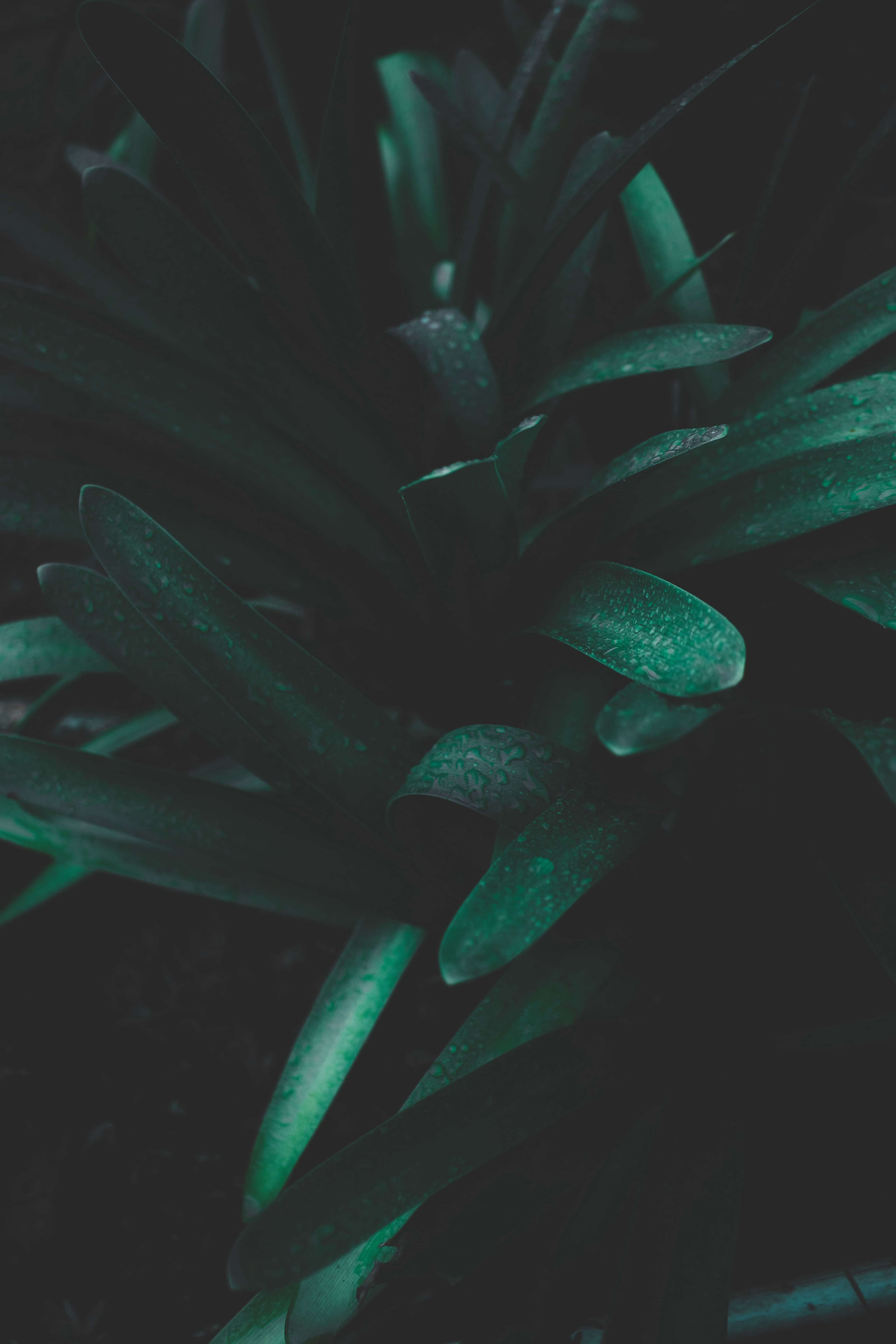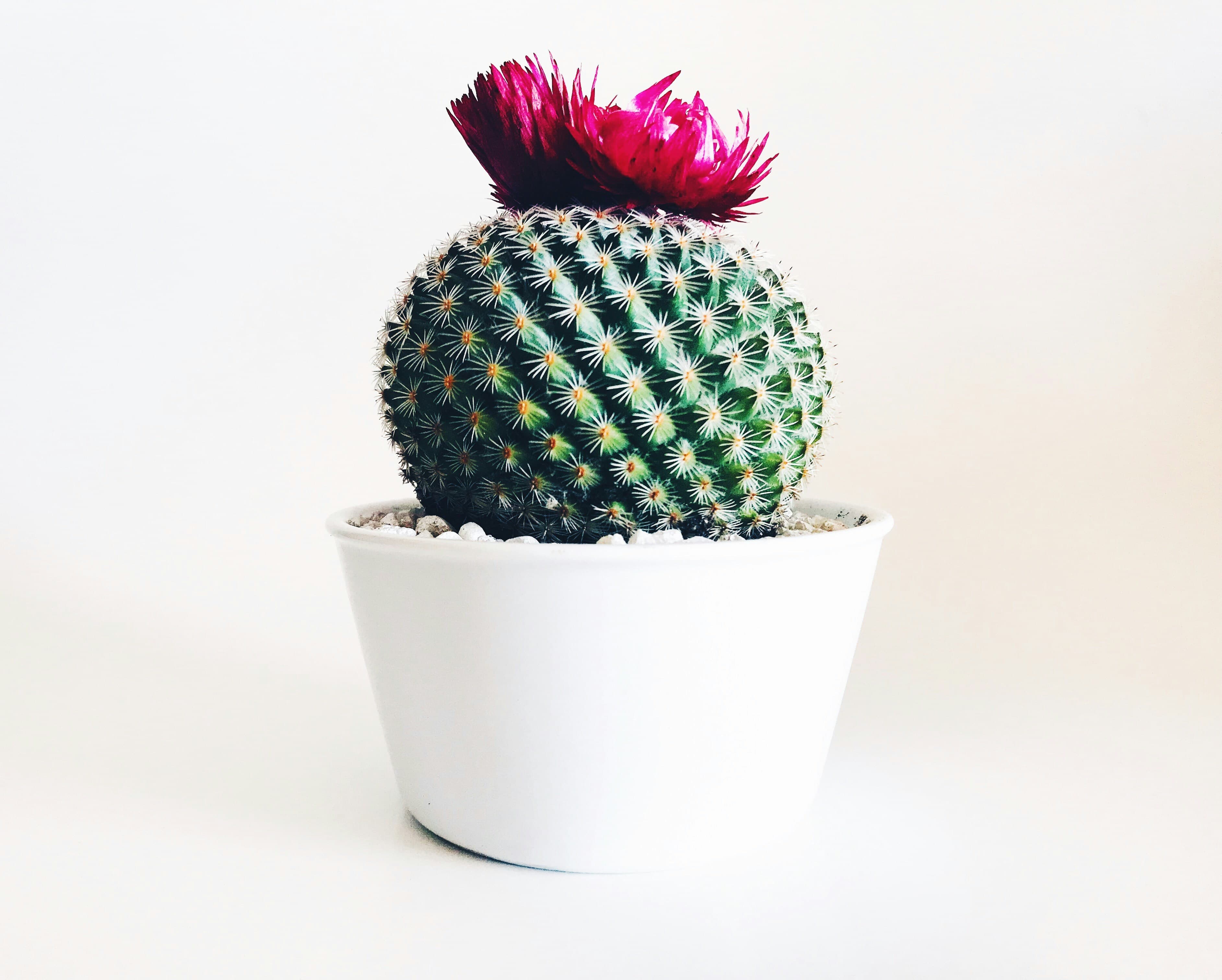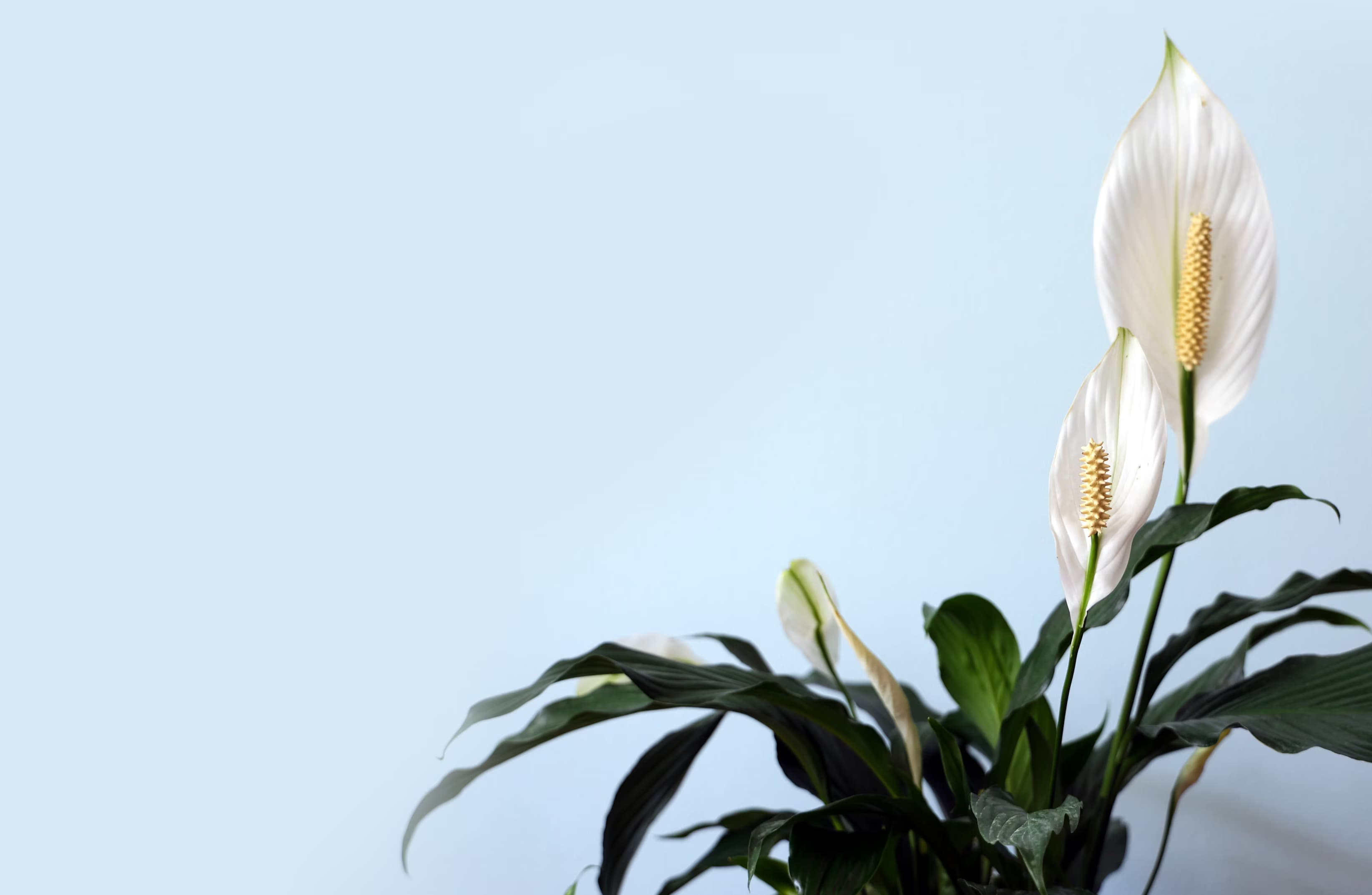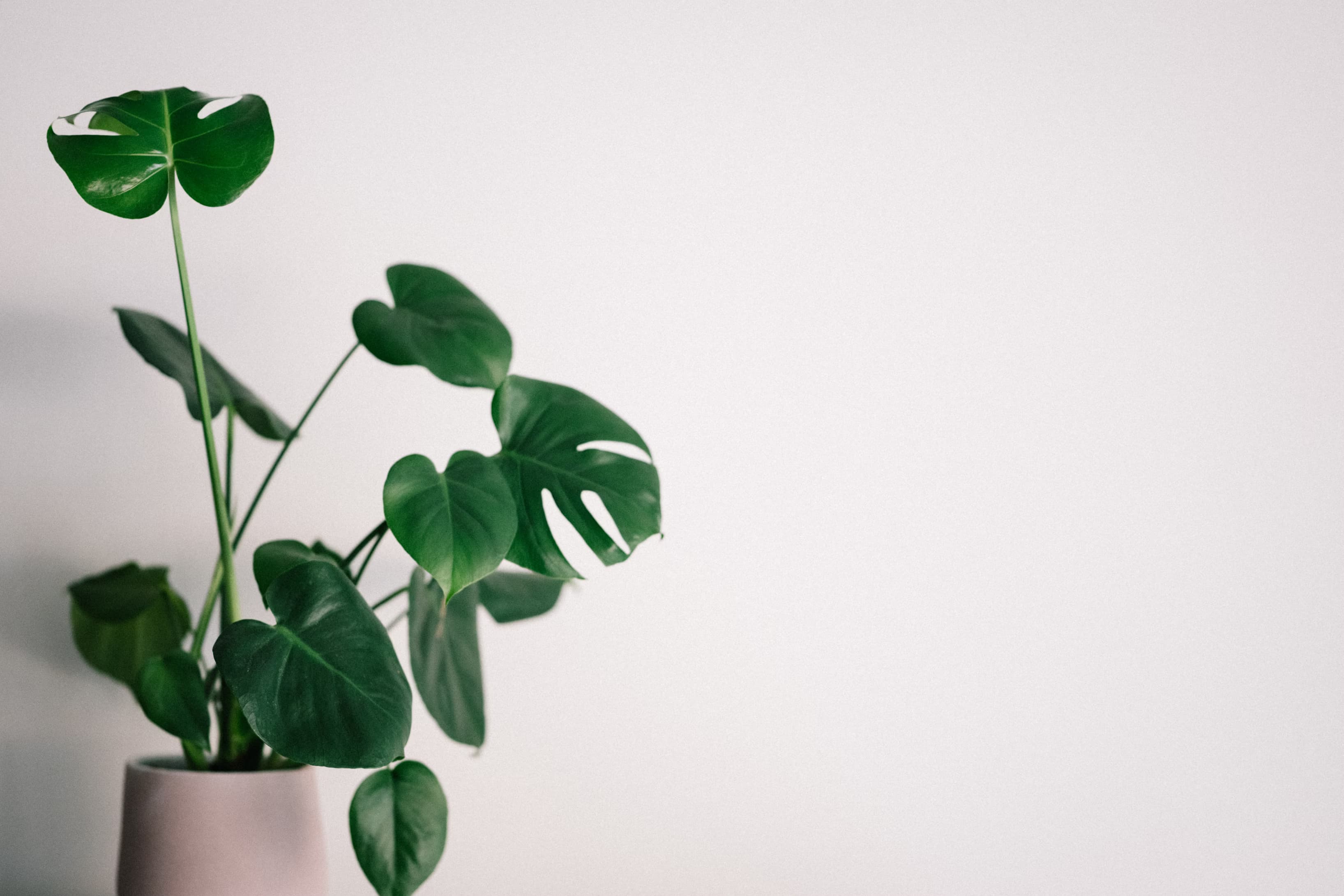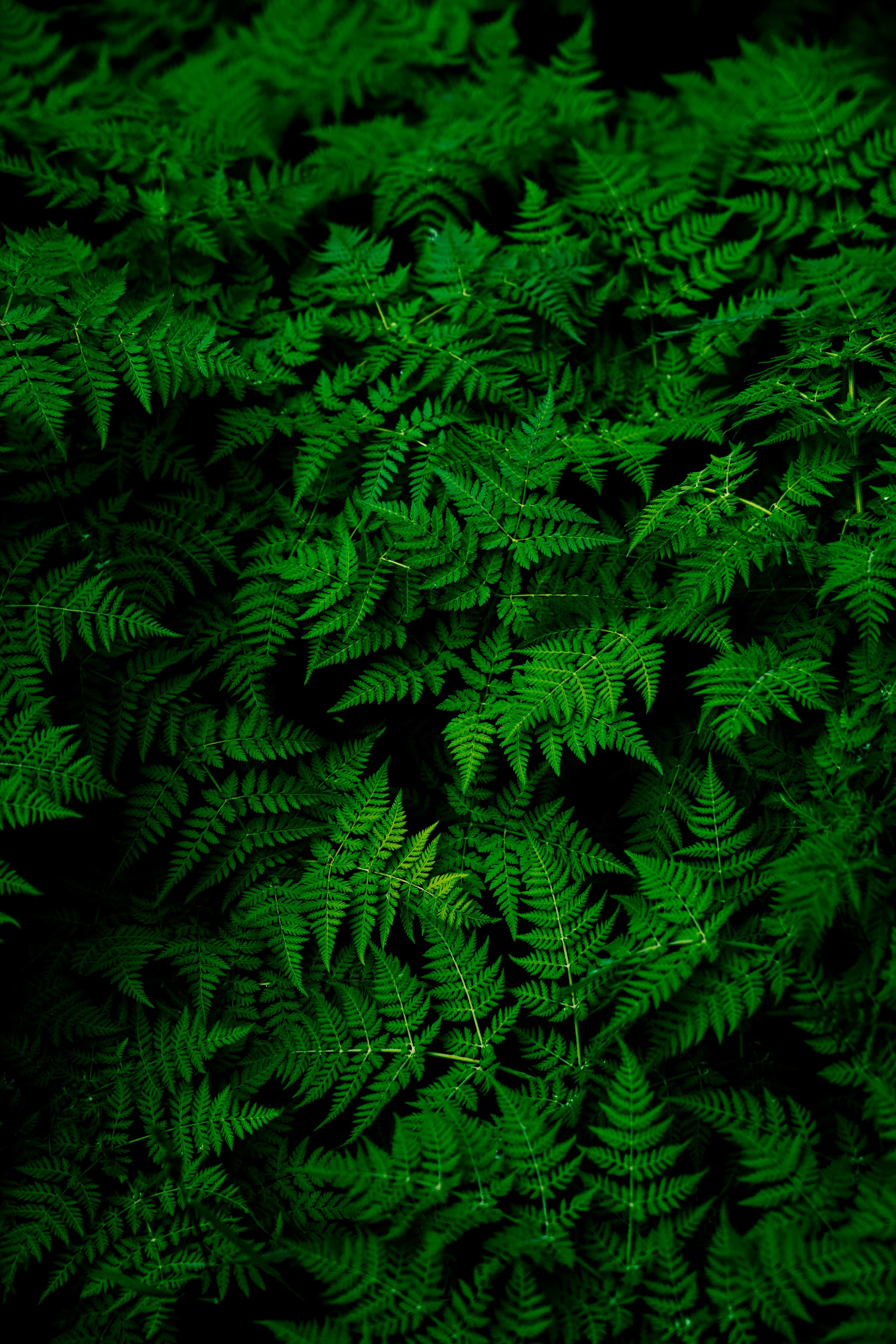
Low Light Plants Care Guide
Plants that thrive in low light conditions
Featured Low Light
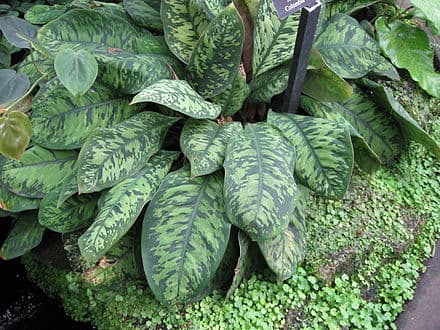
Adelonema wallisii
Adelonema wallisii is a compact perennial aroid plant native to the humid tropical forests of Venezuela, Colombia, and Panama at altitudes of 300-500 meters. It features elliptic to ovate-oblong leaves measuring 13-20 cm (5-8 inches) long on short stalks, displaying bright green foliage with distinctive marbled yellow patterns. The leathery leaves arch or recurve gracefully, creating a lush appearance as they grow in a tidy rosette from underground stems. Reaching 15-25 cm (6-10 inches) in height with a wide horizontal spread, this species is notable for its resemblance to Aglaonema and Dieffenbachia species, particularly Aglaonema pictum 'Tricolor' and Dieffenbachia 'Reflector', due to its similar leaf variegation. Its slow growth rate and adaptability to indoor conditions make it popular for desktops, terrariums, or shelves. Reclassified from Homalomena wallisii in 2016 after botanical research revealed distinct characteristics.
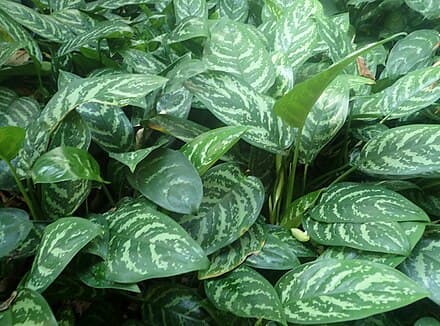
Aglaonema commutatum
Aglaonema commutatum is a tropical evergreen perennial plant in the Araceae family, known for its attractive foliage. It features glossy, lance-shaped leaves with prominent variegation patterns, often displaying silvery-green or gray-green markings. The plant grows in an upright, bushy habit and is primarily cultivated for its decorative leaves rather than flowers. Its hybrid cultivar 'Silver Queen' is particularly notable for its striking silvery leaf patterns and popularity as a low-maintenance houseplant.
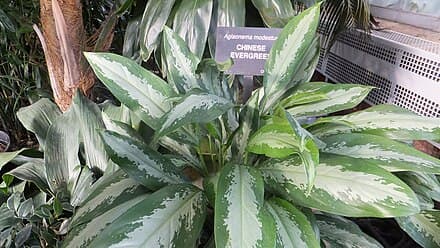
Aglaonema modestum
Aglaonema modestum is a tropical evergreen plant growing 30–90 cm (1–3 ft) tall and 60–120 cm (2–4 ft) wide, featuring lance-shaped leaves measuring 200 mm × 100 mm (8 in × 4 in) on 300 mm (12 in) stalks. It produces occasional white spathe-and-spadix flowers followed by oval-shaped reddish fruits 25–75 mm (1–3 in) long. The plant grows from a central rosette and is valued for its lush foliage, with leaves emerging directly from the soil in a dense clumping pattern. Its ability to thrive in low-light conditions makes it distinct among tropical foliage plants.
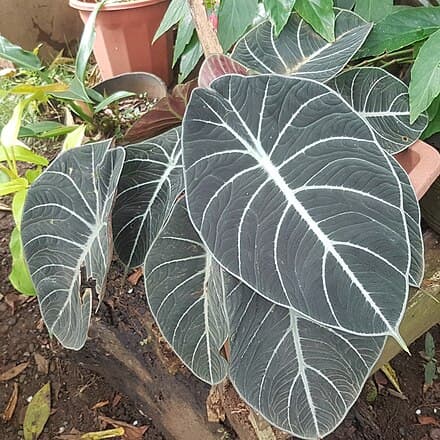
Alocasia reginula
Alocasia reginula, commonly known as black velvet, is a diminutive tropical aroid prized for its striking foliage. It features velvety, heart-shaped leaves with prominent silvery-white veins contrasting against a deep green-to-black background. As a jewel Alocasia, it grows from a corm and maintains a compact size, making it popular among collectors. It thrives in shaded environments and is adapted to limestone cliff habitats with sharp drainage.
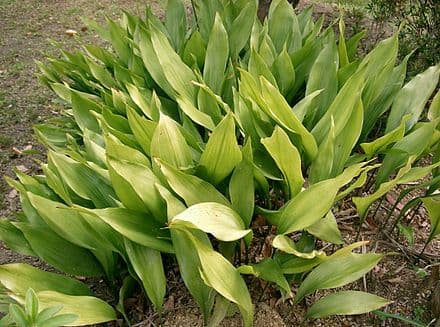
Aspidistra elatior
Aspidistra elatior is an evergreen rhizomatous perennial plant growing up to 60 cm (24 in) tall and wide. It features glossy, dark green leaves measuring 30-50 cm (12-20 in) long that emerge directly from underground rhizomes. The plant produces unique fleshy, 8-lobed cream flowers with maroon inner surfaces in early summer, though flowering is uncommon in indoor conditions. Known for its exceptional hardiness, it thrives in low-light environments and withstands neglect, earning its 'cast-iron plant' nickname.
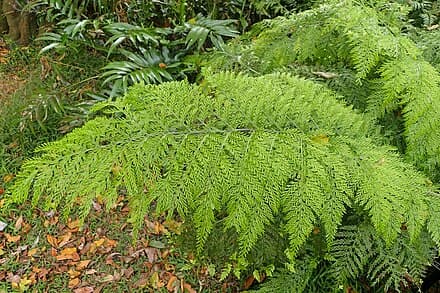
Asplenium bulbiferum
Asplenium bulbiferum is a fern species native exclusively to New Zealand, recognized for its unique reproductive strategy. It produces small bulbils on the upper surfaces of its fronds, which detach when reaching approximately 5 cm and develop into new plants in moist soil. The fern features arching fronds with pronounced wings along leaf axes, often with fused pinnules. It is distinguished from similar species like A. gracillimum by its larger size, more abundant bulbils, and preference for wetter habitats.
- LightLow to moderate light
- WaterInfrequent, careful
- Common IssuesLeggy growth, overwatering
Recommended For:
Getting Started with Low Light
Low-light plants are perfect for spaces with minimal natural sunlight, such as north-facing windows or interior rooms. These plants have adapted to thrive in shaded conditions and can maintain healthy growth with less light exposure. While they can survive in low light, most will still benefit from bright indirect light when available.
